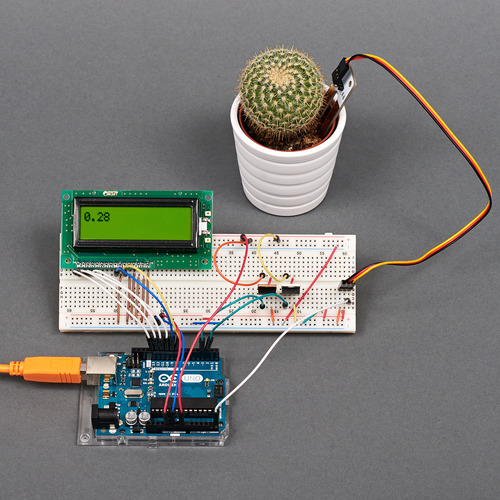To start let’s quickly go over some of the basic fundamentals of what exactly the XOD programming language is before we get into it more in depth. In short, it is a visual programming language that use nodes to allow you to build programs. A node would be any type of blocks that are some sort of a physical operating device (sensor, relay, motor are all types of nodes). So pretty much a node is anything that is a physical representation of many smaller levels of software/hardware working together to create an end, physical object.
A visual programming language would be classified as any programming language that allows users to create programs by using program elements graphically rather than by textually. XOD, like other languages, also use an IDE (Integrated development environment) in order to compile, and create the software. An IDE is a comprehensive facility for developers that consists of a source code editor, build tools and debugger. Just like many of the most common programming languages used today, XOD is completely open sourced with everything being available through GitHub.
So why are visual programming languages such as XOD becoming more popular, or why should you take any interest in learning how to use them you may ask? In the past, both software and hardware, programming was a complicated thing unless you mastered some sort of a programming language. In the software world platforms such as WordPress, Wix, and many others have come along which makes the use of software easy to manipulate and use for a mainstream audience, though hardware programs such as these are nearly non-existent. Which is where visual programming languages are coming into play.
Development platforms as Raspberry Pi, Arduino, amongst others, are now compatible with XOD to compile your program. One of the differences between XOD and other visual programming languages, such as Node-RED, is where as most visual programming languages require a full-fledged computer, that has NodeJS functions capability, to perform its actions, XOD can be run on much more limited devices such as microcontrollers. Which allows for greater freedom in your development as well as a wider scale of programs that are capable of running. Another of the differences and positives for XOD is the fact that users are able to build up a missing node using other nodes, rather than switching to textual programming. This scalable freedom between nodes allows for a much greater flexibility in your programming as well as the fact it will save you a lot of time along the way.
So how does XOD compile these nodes used in order to produce a functioning program you may be asking yourself. Well, these nodes perform some sort of operation, such as addition, comparisons, or text concatenation, which will then link together with other nodes through inputs and outputs to create the program. XOD compiles a resulting diagram and then creates and uploads the binary program needed to the development platform. It is scalable, means you can convert the XOD diagram into a node to use in another diagram or program as previously stated.
Just as early programmers had to represent code with binary and hex numbers before textual programming came along allowing computers to compile and assemble the text into binary, now visual programming language is becoming more prevalent and taking some programmers away from their textual programming styles into this new way of programming. As visual programming is still in its infancy stage, there will be changes made along the way as things are noticed that could be improved on. I am sure, visual programming as a whole is looking at a vast improvement and advancements within its field within the next little while. For programmers who tend to be much more visual this trend towards programs such as XOD is very encouraging in the fact that a new way of programming is coming to the forefront which is visually based. Whether you prefer visual compared to textual or vice-versa, one thing is for certain, the fact that visual programming is here to stay and we should expect to see vast improvements and advancements within the upcoming years.
More News to Read

